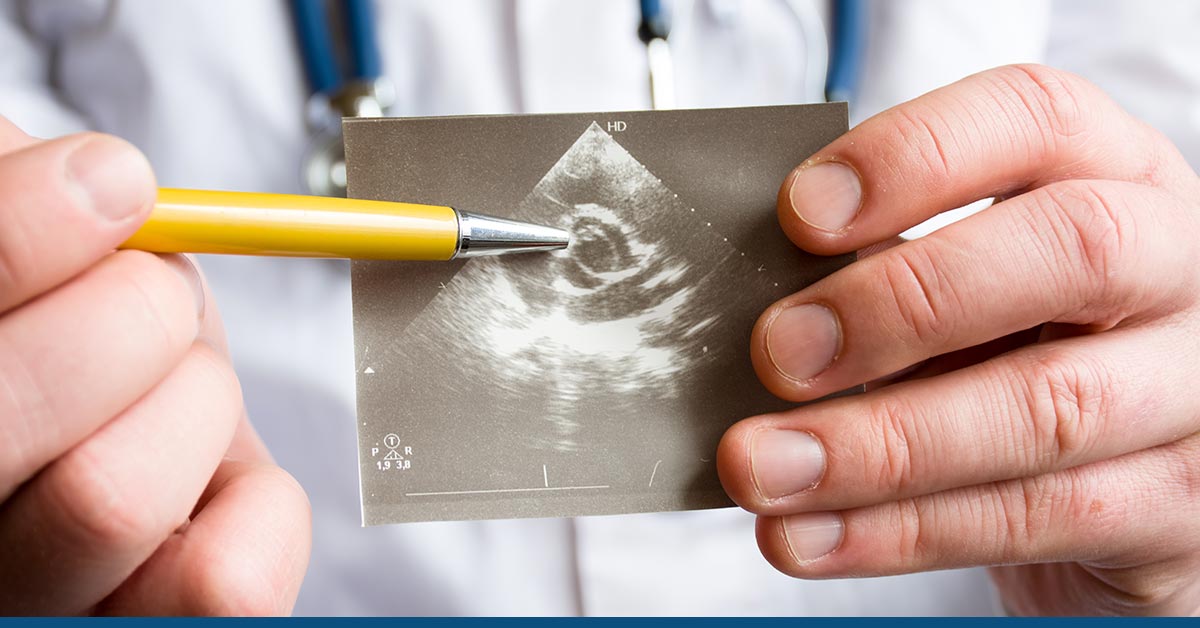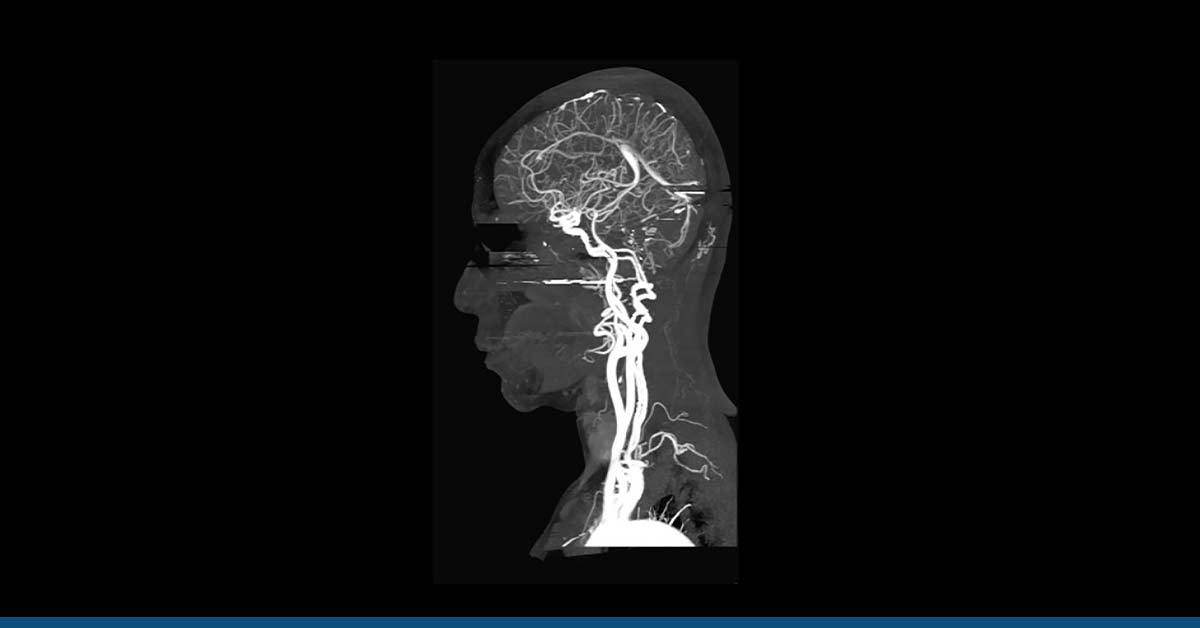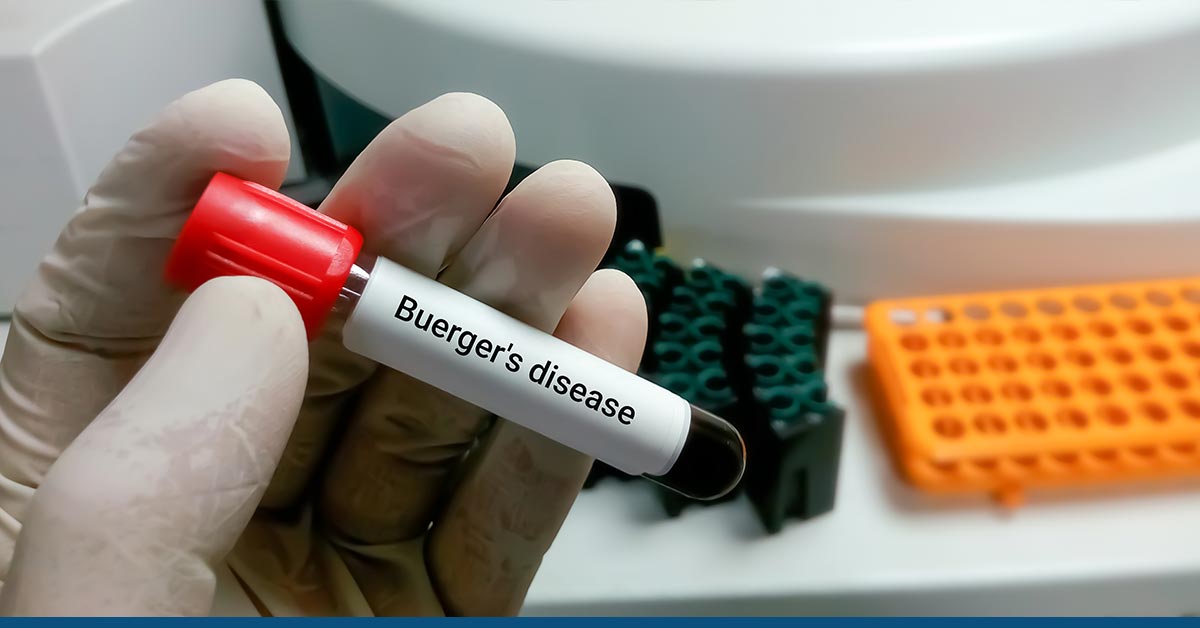Heart attack and stroke are two of the most life-threatening conditions that require immediate medical attention. Both of these can occur unexpectedly, and you must understand their differences.
These two conditions are caused by insufficient blood flow to specific bodily organs. Blood flow blockage to the brain is known as a stroke. Blockage of blood flow to the heart is known as a heart attack.
Each of these conditions has a unique therapy, and patients’ capacity to live, recover, or prevent serious harm depends on how promptly they receive medical attention.
The present post discusses stroke vs. heart attack. It also intends to uncover which is worse.
Table of Contents
ToggleStroke Vs. Heart Attack: Pathophysiology
A stroke occurs when the brain fails to receive adequate blood supply, it might abruptly deteriorate or cease functioning. Neurons in the brain that do not receive adequate blood flow are deprived of glucose and oxygen.
Neurons are responsible for delivering impulses; thus, they require a continual energy source. It can result in paralysis, inability to speak, or blindness. Ischemia alters the brain’s blood flow, biochemistry, and nerve function.
An intricate series of abrupt, short-term, and long-term events will occur following a stroke. Ischemic injury is characterized by energy failure, loss of cellular ion homeostasis, acidosis, increased intracellular calcium excitotoxicity, free radical-mediated toxicity, and pathological permeability of the blood-brain barrier (BBB).
After ischemia, it takes around 30 minutes for attracted leukocytes to activate inflammatory mediators in the ischemic area. Mediators consist of oxygen free radicals, cytokines, and nitric acid. Stroke causes brain injury by initiating the ischemic cascade, which results in a deficiency of oxygen or glucose in the affected area. It hinders the formation of high-energy phosphate molecules.
As a result, the brain cannot properly function, impairs energy-dependent processes essential for tissue cells’ survival, and initiates a series of events resulting in cellular structures’ destruction and death. Depending on its duration, severity, and location, stroke can cause varying degrees of damage.
Heart attack (myocardial infarction) is the abrupt loss of cardiac tissue due to inadequate blood supply. It is typically caused by a clot that plugs a coronary artery following the rupture and bleeding of a susceptible plaque. Ischemia induces significant metabolic and ionic alterations in the injured myocardium (heart muscle), precipitating a rapid systolic chamber performance decline.
When the myocardium is deprived of blood for an extended time, cardiomyocyte mortality occurs. Ischemia of the myocardium is produced by an imbalance between available oxygen and oxygen use. Flow restriction prevents an increase in oxygen supply as myocardial demand increases. Most myocardial infarction sufferers have coronary atherosclerosis, which is exacerbated by thrombosis.
Related Article: Atherosclerosis Vs. Arteriosclerosis – What’s the Difference?
The most common cause of thrombosis is plaque rupture, which occurs when the fibrous cap of a weak plaque ruptures. This opening allows a portion of the plaque to enter the bloodstream, resulting in a significant thrombogenic response causing the heart attack.
Stroke Vs. Heart Attack: Causes
The most common cause of stroke is blood clot formation in the brain artery that could prevent blood from reaching the brain. Blood is transported to the brain via the carotid arteries. A stroke can occur when plaque accumulates in the carotid artery.
Bleeding is another common cause of stroke. It occurs when a blood artery ruptures in the brain, leading to bleeding into the surrounding tissue. A hemorrhagic stroke may occur if elevated blood pressure strains the arterial walls.
Similarly, obstruction of the coronary artery is the cause of heart attack as the blood flow to the heart either ceases or drastically reduces. The coronary artery is one of the arteries that deliver blood to the heart muscle. The artery may become obstructed if a blood clot prevents blood flow through an artery.
The clot can develop if excessive cholesterol plaque forms in the artery; the blood flow is limited or obstructed.
Both stroke and heart attack have the same risk factors that, include the following:
- High cholesterol
- Hypertension
- Smoking
- Age
- Family history
Stroke Vs. Heart Attack: Symptoms
The symptoms of stroke include:
- Numbness or weakness
- Unexpected dizziness
- Severe headache
- Blurry vision
On the other hand, heart attack manifests the following symptoms:
- Chest pain
- Pain in arm
- Back and neck aches
- Shortness of breath
- Dizziness, weakness, or fainting
Diagnosis and Treatment
A CT scan will be performed to detect damaged areas of the brain caused by inadequate blood flow or internal bleeding. MRI is also recommended. In contrast, an echocardiogram is performed to assess the heart’s health.
In addition, a blood test is performed to detect enzymes that indicate an impending heart attack. Cardiac catheterization is another procedure that helps in diagnosis. A flexible tube is inserted into the heart to see if there is a blockage.
A tissue plasminogen activator is prescribed to dissolve blood clots and treat stroke. Additionally, blockages from blood veins can be removed. Hemorrhagic stroke needs surgery to repair the ruptured blood vessel.
The treatment options for heart attack include coronary artery bypass grafting (CABG) or angioplasty with a stent. During a CABG procedure, the physician will connect a blood vessel from one section of your body to a blocked artery in another.
The procedure redirects the blood flow around the obstructed portion of the blood channel. An angioplasty is performed using a catheter with a very small balloon at its tip. The surgeon will remove the obstruction by inserting a catheter into the blood vessel and inflating a balloon at the obstruction. It presses the plaque against the artery walls to dilate the artery so that blood flow is enhanced.
Changes to the common risk factors might reduce the likelihood of suffering from heart attack and stroke. These include stopping smoking, being examined for high blood pressure and cholesterol levels, exercising adequately, maintaining a healthy weight, and consuming alcohol in moderation.
Stroke vs. heart attack differences are summarized in the below table:
| Stroke | Heart Attack |
|---|---|
| Blockage in the carotid artery that supplies blood to the brain | The coronary artery becomes obstructed or narrowed |
| Blood flow to the brain cuts off | Blood flow is restricted to the heart muscle |
| Occurs with a sudden and intense headache | Occurs with chest pain |
| Diagnosed through CT scan and MRI | Diagnosed through echocardiography |
Heart Attack Vs. Stroke: Which Is Worse?
You should do all possible to prevent a heart attack or a stroke, as both can cause permanent disability or even death. Stroke is the sixth leading cause of death in the US. Depending on how much brain tissue is damaged by the stroke, survivors may experience greater difficulties in the future than those who survive a heart attack. It, however, will depend on how severe the stroke was.
A stroke, for instance, can leave a person with significant disabilities that radically alter their quality of life, such as the inability to talk or use particular body parts (for example, the right arm, and right leg). If you fear permanent disability more than death, astroke may be worse than a heart attack.
Conclusion
It is important to learn the symptoms of stroke vs. heart attack and seek immediate medical attention if you or someone else exhibits these symptoms.
The patient’s likelihood of recovery increases with prompt therapy. Similarly, preventive care is also important to avoid these serious conditions. The screening program offered at HG Analytics helps you in assessing the health of your heart and brain.
We provide a complete screening service comprising crucial tests, including echocardiography and neurological scan, to detect any anomaly in its early and treatable stage. So, make an appointment by calling us at: (844) 250-1714.






